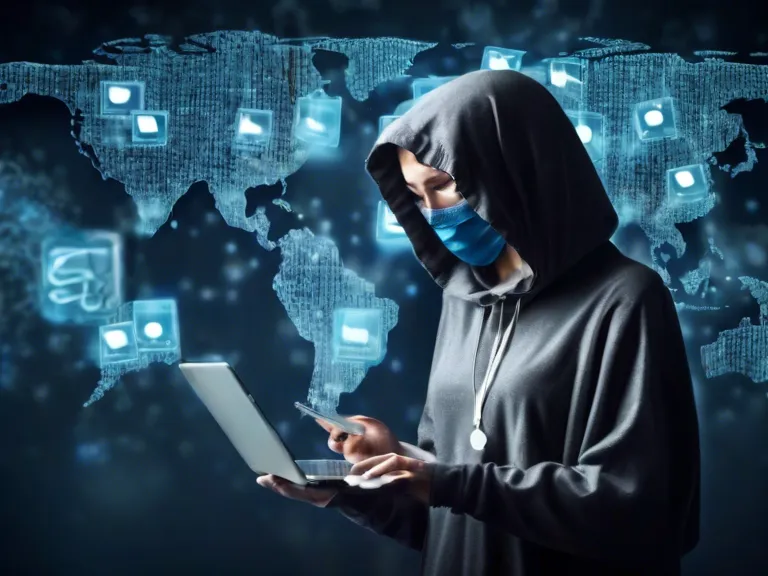
Explore the security risks of viral trends in the digital age and philosophical reflections on the ethical implications of participating in online virality. Stay informed and vigilant in the age of digital media.
In the age of social media, viral trends have become a common occurrence, quickly spreading across the internet like wildfire. From viral challenges to memes, these trends can shape public opinions, influence behavior, and even impact political movements. However, as viral content continues to dominate our online experience, questions arise about the security of these trends and the potential risks they pose.
One of the main concerns regarding viral trends is their susceptibility to manipulation and misinformation. With the ability to reach millions of people within a short period of time, viral content can be used as a powerful tool to spread false information, promote harmful ideologies, or even incite violence. The ease with which viral content can be created and shared makes it difficult to verify the accuracy and authenticity of the information being disseminated.
Additionally, the fast-paced nature of viral trends can also pose risks to individuals' privacy and security. Social media platforms collect vast amounts of data from their users, which can be exploited by malicious actors to target individuals with tailored content or even launch cyber attacks. The rapid spread of viral content can also lead to the dissemination of personal information without consent, putting individuals at risk of online harassment or identity theft.
In an era where digital virality reigns supreme, it is crucial to reflect on the ethical implications and societal consequences of participating in viral trends. As consumers of online content, we must be vigilant about the information we consume and share, critically analyzing the sources and motivations behind viral trends. By practicing digital literacy and being mindful of the potential risks of viral content, we can protect ourselves and our communities from the negative impacts of online virality.



